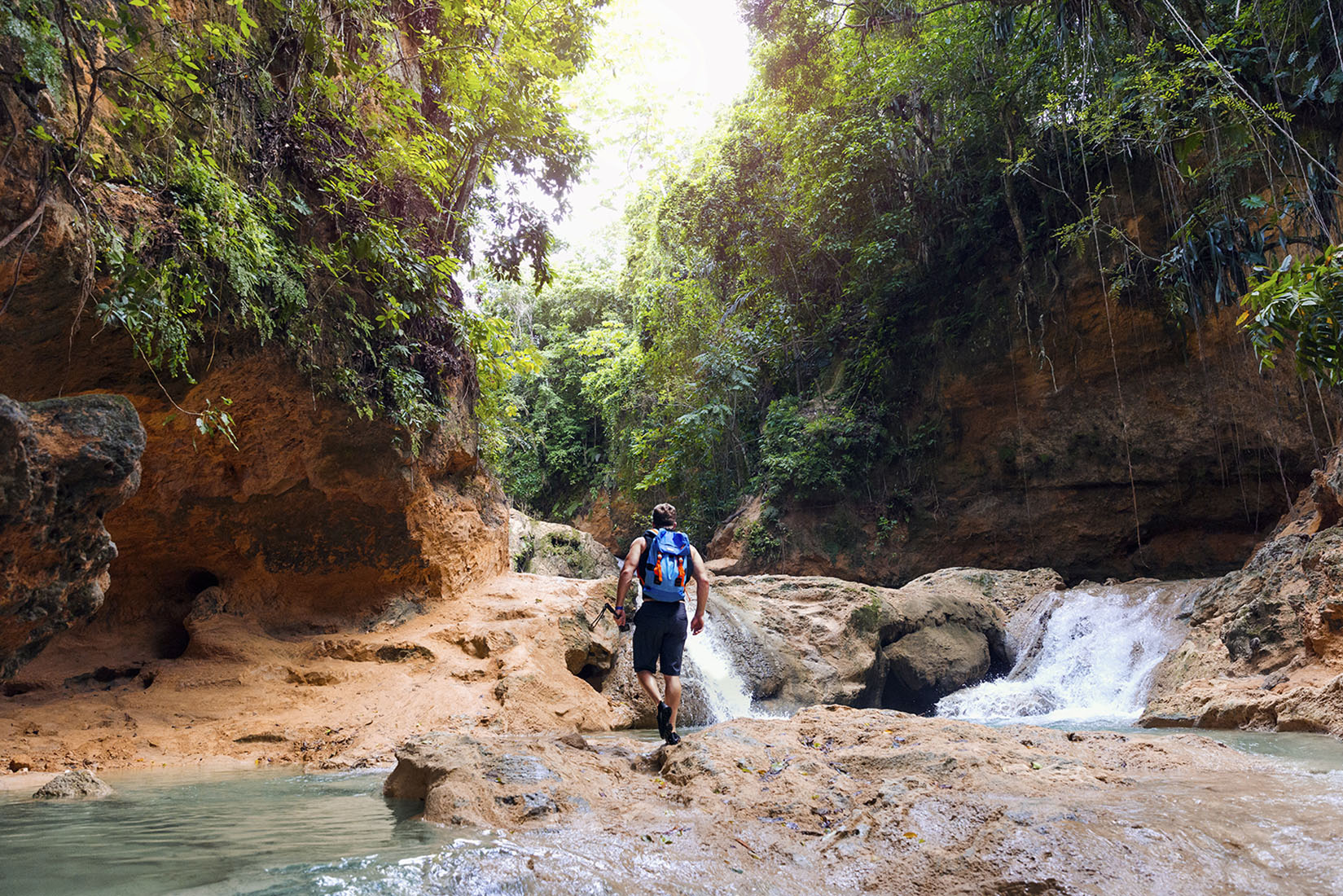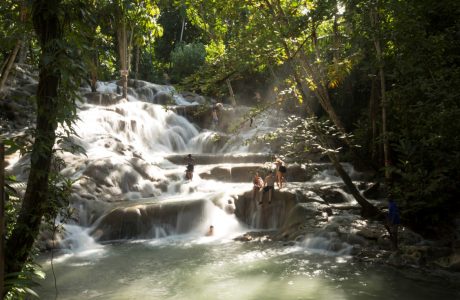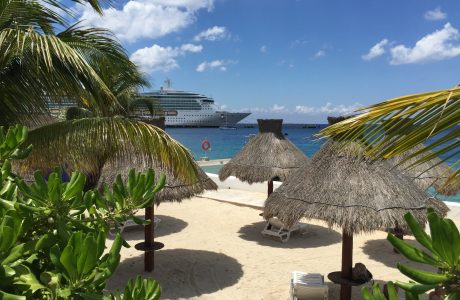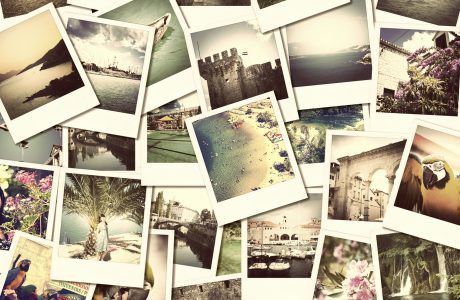A cruise vacation to the Caribbean provides the chance to explore the best of a destination, whether it’s taking in the town, relaxing on incredible beaches, trekking through a destination’s unique wilderness or all of the above. With Royal Caribbean, you can visit some of the most biodiverse islands in the Caribbean and traverse national rainforests and parks that boast beautiful flora and fauna, exquisite waterfalls and rock formations like no other. Plus, you’re never too far from the beach!
Check out the incredible, wild places that await you at some of the Caribbean’s top national parks and forests:
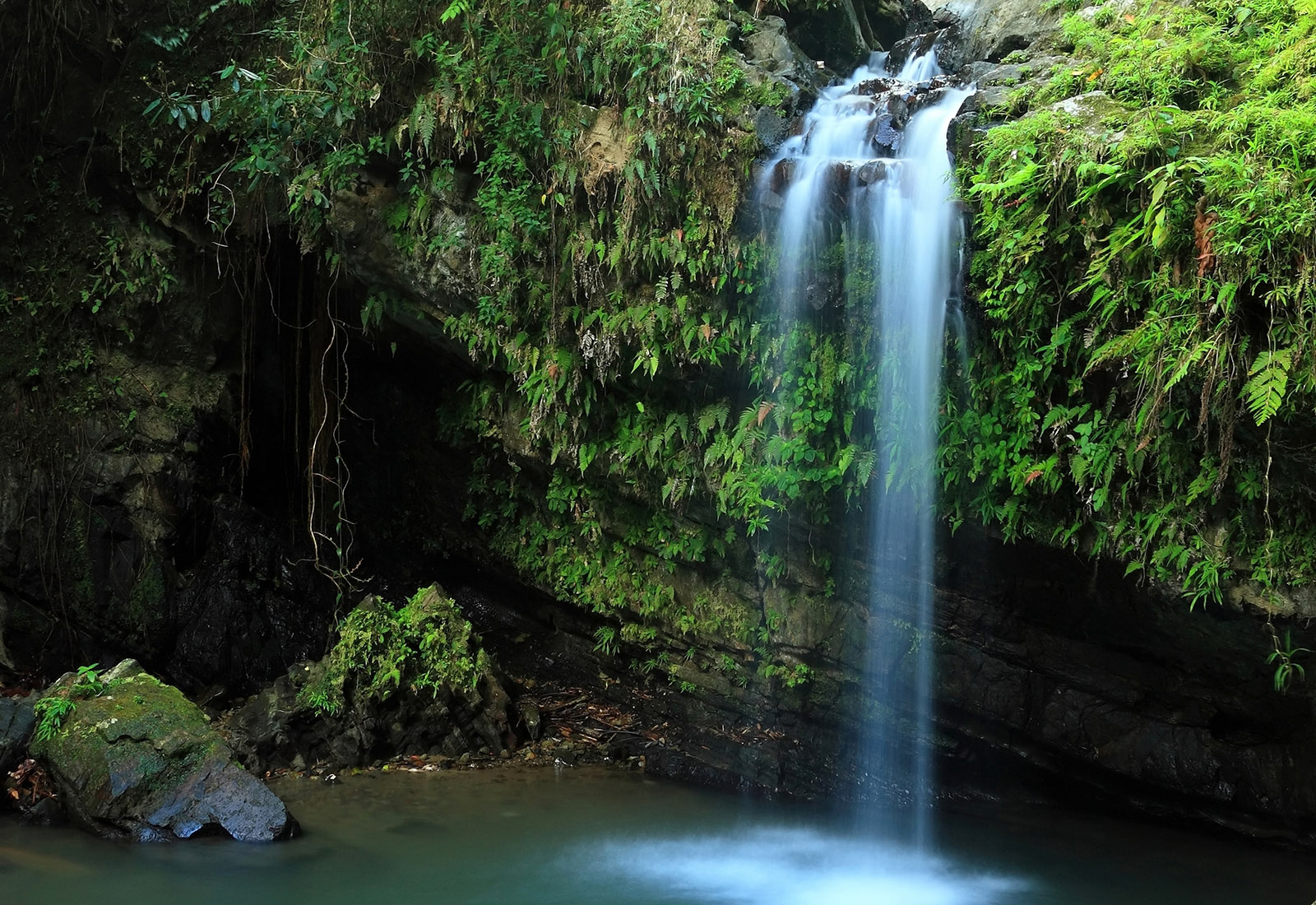
El Yunque in Puerto Rico features enchanting waterfalls.
Credit: Royal Caribbean
El Yunque – San Juan, Puerto Rico
El Yunque is the only tropical rainforest in the U.S. National Park System, earning its name for its cloud-covered mountaintops, referred to as “yuke” or “white lands” by the native Taino people. At 28,000 acres, it’s one of the smaller National Forests in the U.S. (many are over one million acres) but among the most biologically diverse and conveniently located just outside of San Juan. It’s brimming with hiking trails, natural pools and hundreds of unique plant and animal species, including the coqui tree frog, found mainly in Puerto Rico. Hikers shouldn’t miss La Coca Falls, once believed to be the highly sought-after Fountain of Youth.
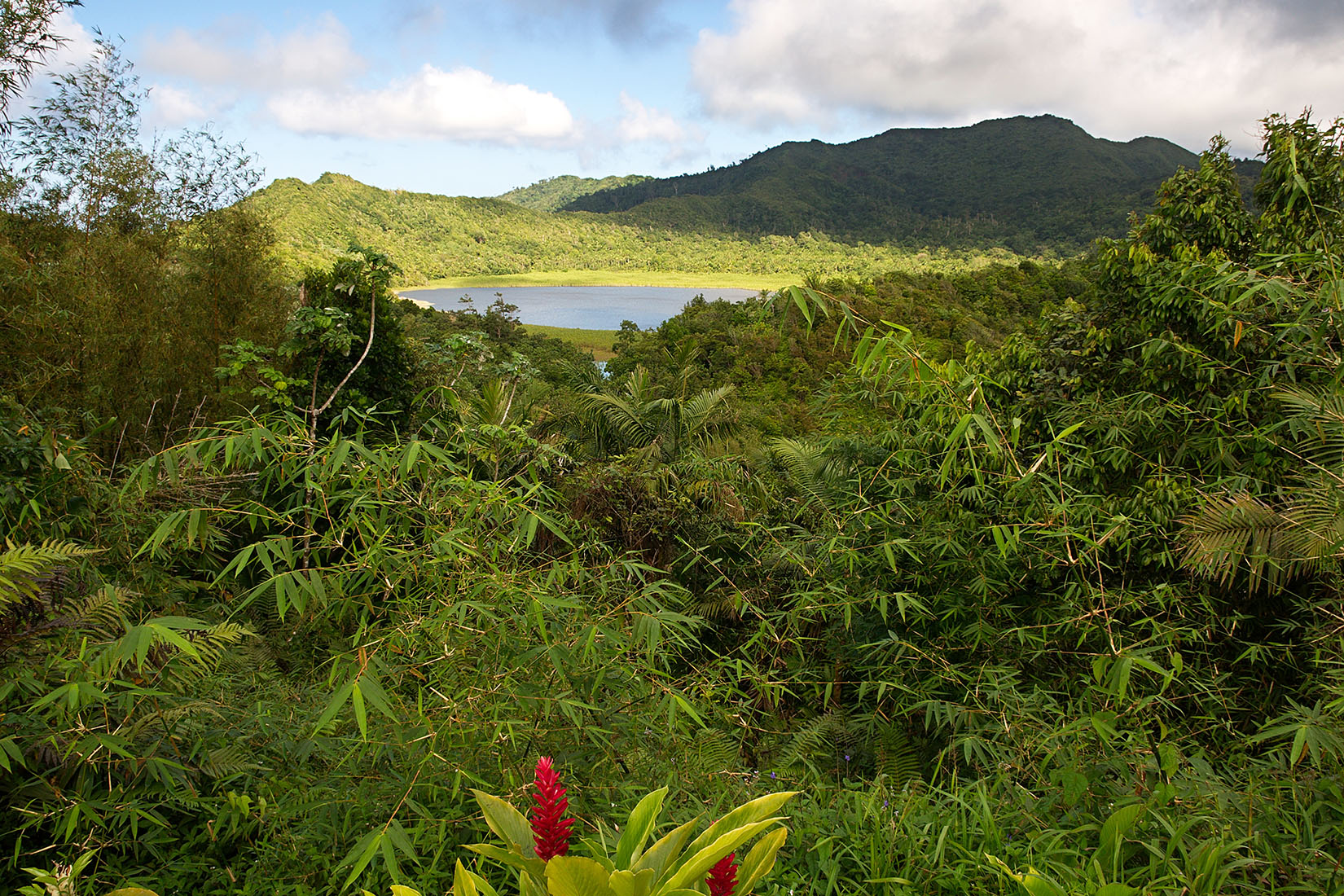
Grand Etang Lake formed in the crater of a volcano.
Credit: Royal Caribbean
Grand Etang National Park and Forest Reserve – St. George’s, Grenada
Located at the center of the island of Grenada, Grand Etang National Park and Forest Reserve is a hub for trekkers looking to explore beyond beaches. With varied elevations, the park is home to multiple ecological subsystems that include exotic wildlife like rare orchids, mona monkeys and colorful tropical mockingbirds. The reserve offers unmatched views from mountaintops like Mount Qua Qua, which overlooks Grand Etang Lake—previously the crater of an active volcano and now a cobalt blue crater lake.
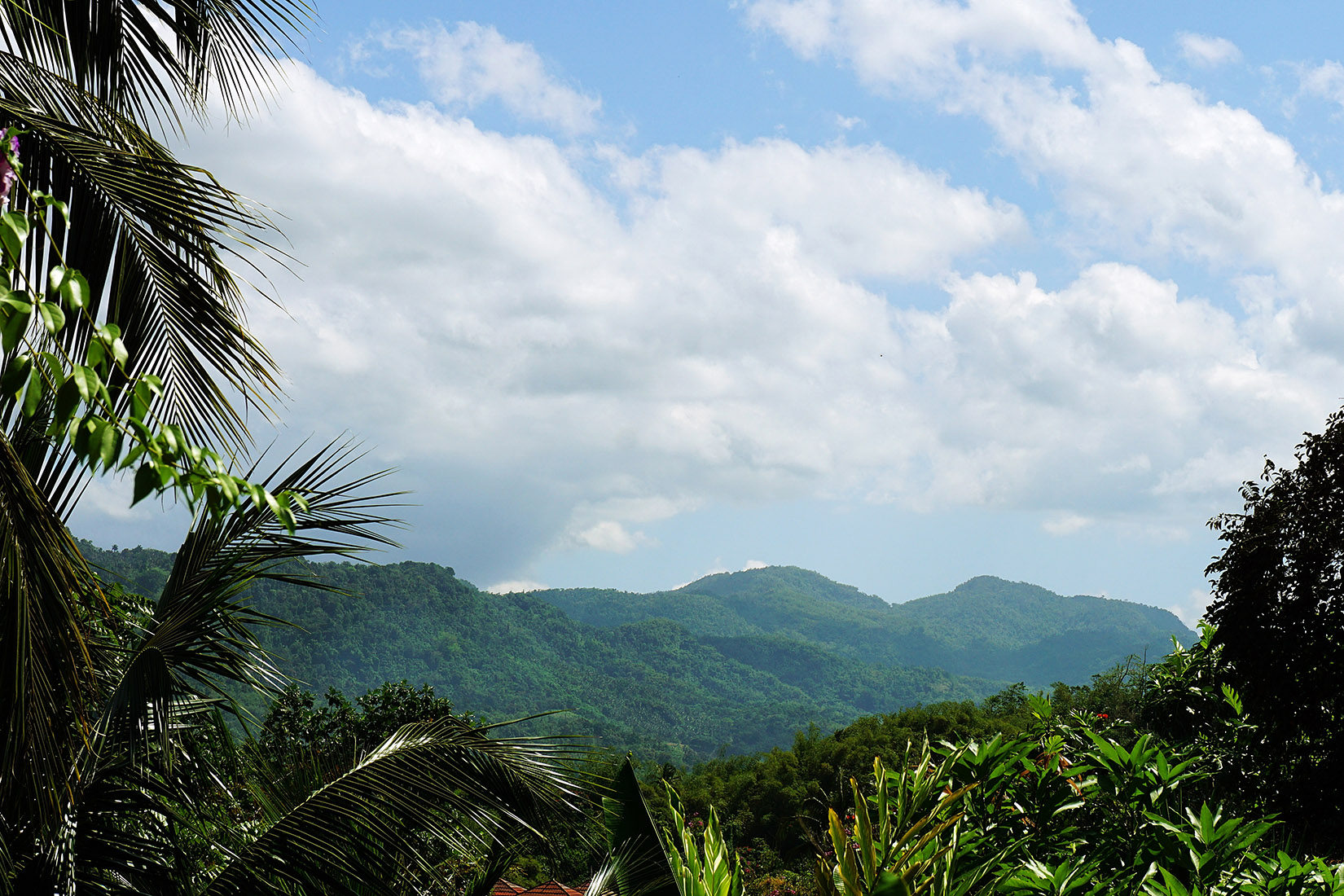
You may know the coffee, but Jamaica’s Blue Mountains offer much more.
Credit: Royal Caribbean
Blue and John Crow Mountains – Falmouth, Jamaica
Known as the “lungs” of eastern Jamaica, the Blue and John Crow Mountains National Park covers 100,000 acres of tropical rainforest. As the country’s first and only national park, it is a designated UNESCO World Heritage Site and once served as a refuge to the indigenous Tainos and Maroons. The park is now home to more than 800 species of plants and animals, including the largest butterfly in the Western Hemisphere—the Jamaican swallowtail with an average wingspan of 6 inches—and many unique Caribbean birds like the elegant Jamaican lizard-cuckoo and the tiny Jamaican pewee.
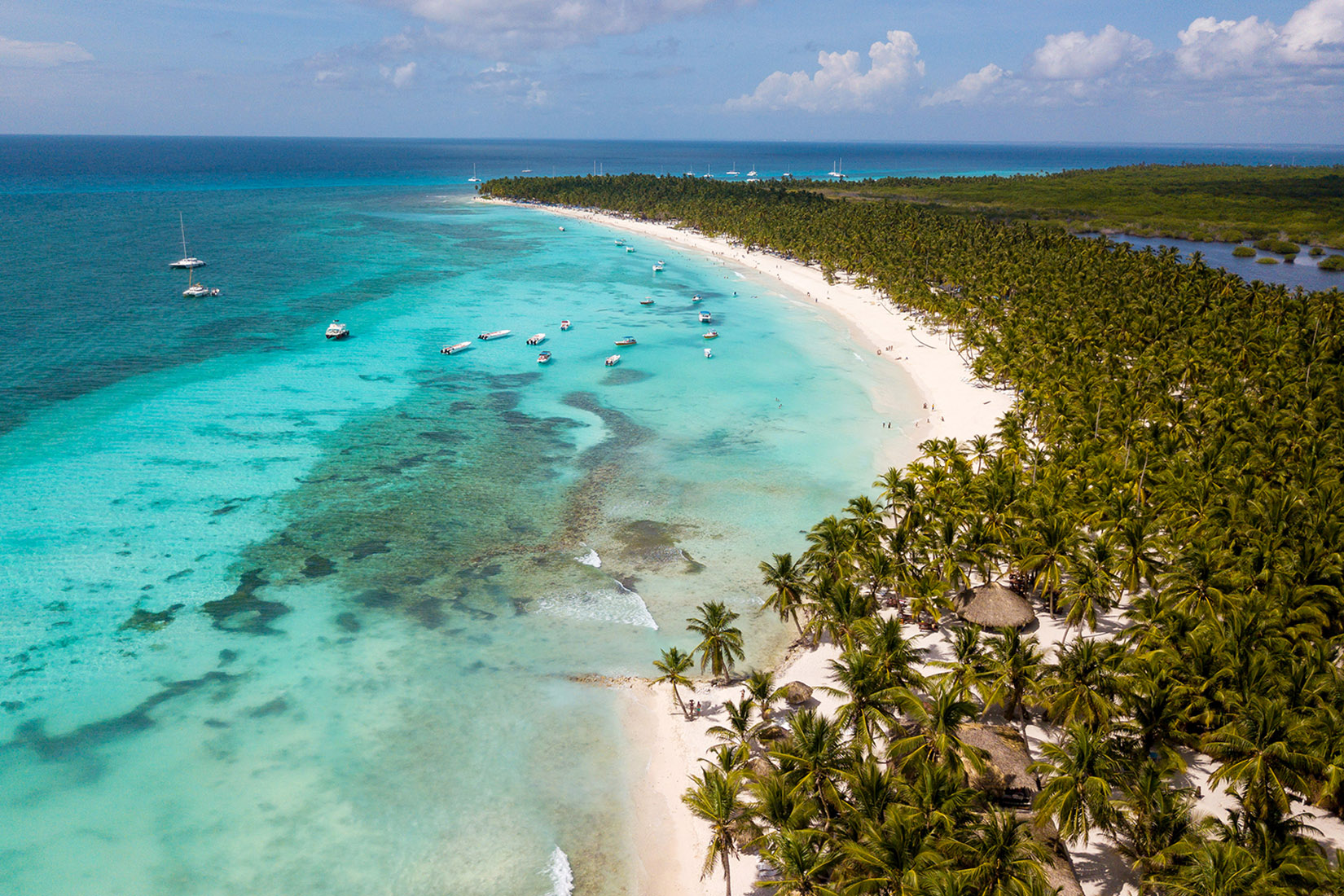
Parque Nacional del Este offers miles of beaches as well as unique wildlife.
Credit: Royal Caribbean
Parque Nacional del Este – Punta Cana, Dominican Republic
Parque National del Este (National Park of the East) is an island in the southeast corner of the Dominican Republic, where adventurers can discover more than 500 species of flowers and 300 species of birds. It spans three different environments—tropical rainforest, subtropical dry forest, transition woodlands—and of course, has plenty of beach! Travelers can do a day’s worth of forest trekking, exploring caverns marked with indigenous symbols, and looking out for magnificent frigatebirds, including the male’s unique, red gular sac that inflates to attract a mate—all before cooling off by the water, where you may spot manatees and dolphins from afar.
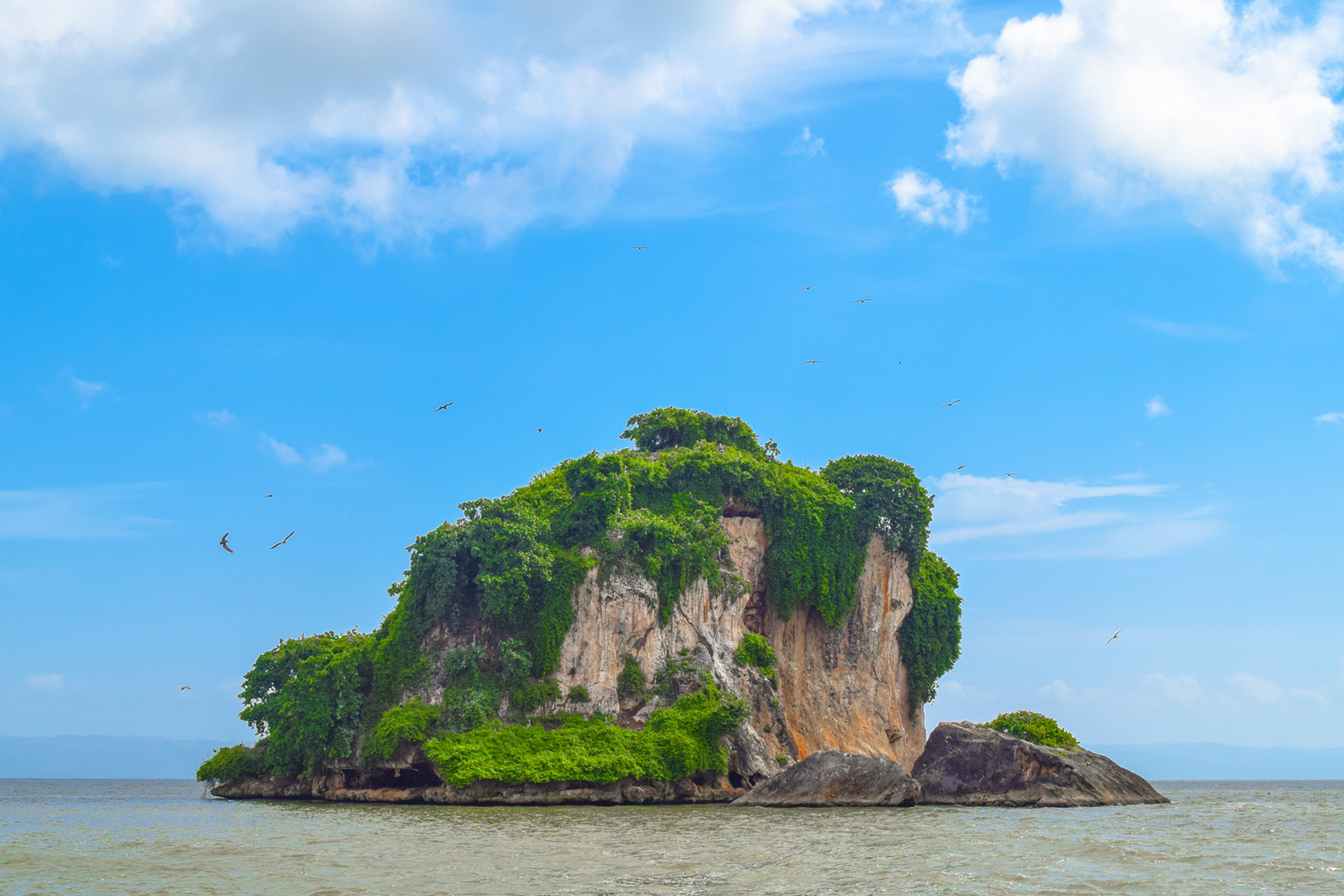
The towering rocks of Los Haitises are an important refuge for birds.
Credit: Royal Caribbean
Parque Nacional Los Haitises – Punta Cana, Dominican Republic
As a crown jewel of the Dominican Republic’s national park system, Los Haitises is a series of 98-foot-high, plant-covered rock formations protruding out of the water. Translating to “land of the mountains,” the park has been preserved since 1976 and is home to extensive mangroves, cays and caves – where visitors can take in numerous petroglyphs and pictographs. If you didn’t spot the magnificent frigatebird at Parque Nacional del Este, Los Haitises offers another chance. Plus, you can catch other rare animals such as the beaver-like hutia. What’s more, the national park is not only beautiful but functional, serving as the main water source for the Dominican Republic’s eastern region.
Looking to get out and explore Mother Nature? For more inspiration for future vacation plans, check out our Caribbean cruises here.
